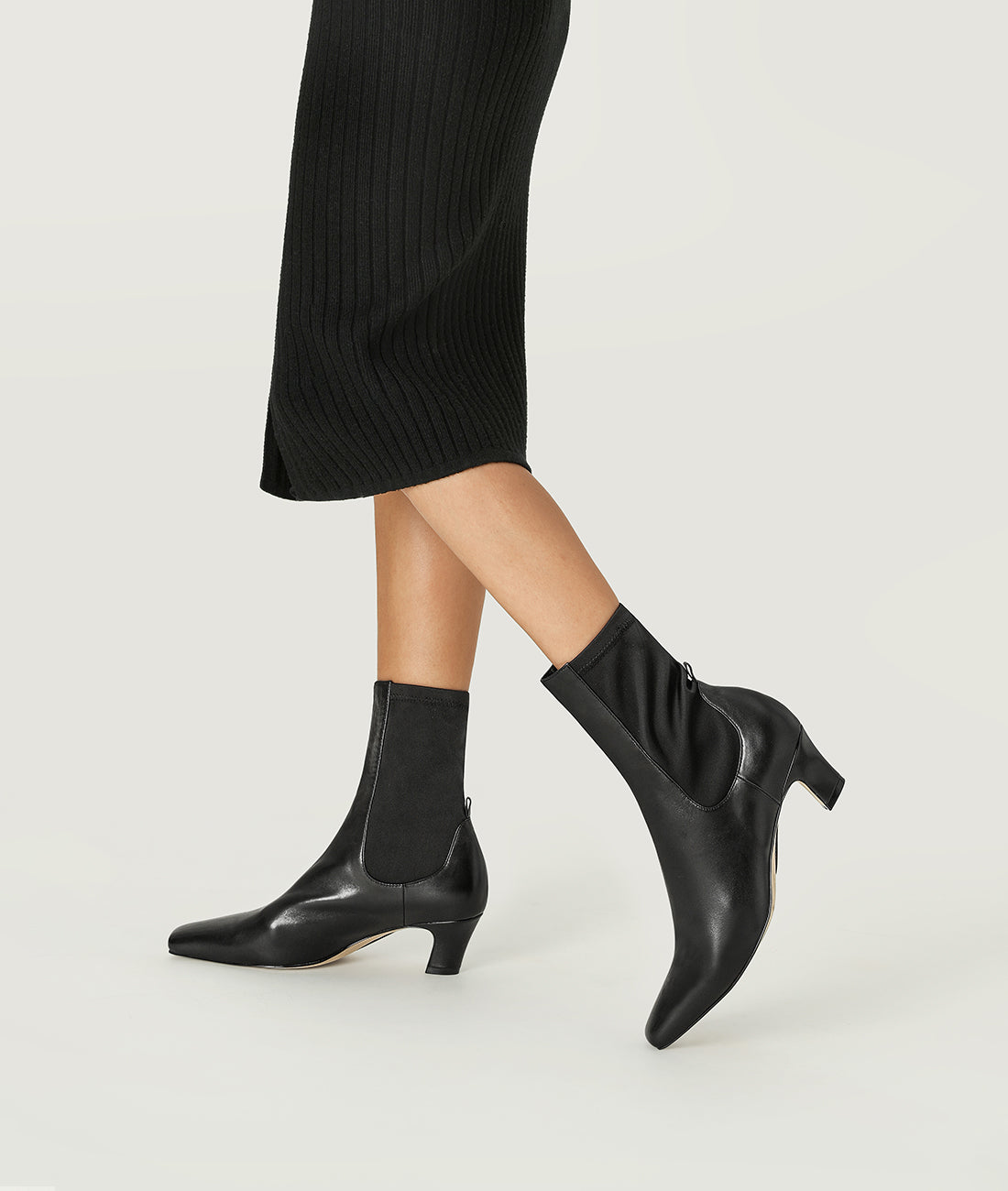When the temperature drops and the snow starts to fall, having the right pair of winter boots with effective insulation is crucial to keeping your feet warm and comfortable. Understanding the science behind insulation in winter boots can help you make an informed decision when choosing the best footwear for cold weather. Let's delve into the intricacies of insulation and how it can keep your feet toasty in winter boots.

Understanding Insulation Materials
Insulation in winter boots is designed to trap and retain heat, creating a barrier between your feet and the cold environment outside. Common insulation materials include Thinsulate, PrimaLoft, and synthetic fibers such as polyester and nylon. These materials work by preventing heat loss and providing thermal protection, ensuring that your feet stay warm even in freezing temperatures.
Thinsulate, for example, is known for its ability to provide warmth without adding bulk to the boots, allowing for greater flexibility and comfort. On the other hand, PrimaLoft offers superior water resistance in addition to its insulating properties, making it ideal for wet and snowy conditions. Understanding the characteristics of different insulation materials can help you choose the right winter boots for your specific needs.
The Importance of Proper Fit
While insulation plays a significant role in keeping your feet warm, the fit of your winter boots is equally important. A snug, yet not overly tight, fit ensures that there are no gaps between your feet and the boots, which can lead to heat loss. Additionally, proper fit allows for better circulation, which is essential for maintaining warmth in your feet.
When trying on winter boots, make sure to wear the same type of socks that you would typically wear in cold weather. This will give you a more accurate sense of how the boots will feel when you're outdoors. Walk around in the boots to assess comfort and fit, paying attention to any pressure points or areas of discomfort. Remember, a well-insulated boot that doesn't fit properly may not effectively keep your feet warm.
Layering for Maximum Warmth
In addition to the insulation within the boots themselves, wearing the right socks can further enhance warmth and comfort. Layering socks, with a moisture-wicking base layer followed by a thermal insulating layer, can provide added protection against the cold. Look for socks made from merino wool or synthetic materials designed for cold weather to maximize insulation and moisture management.
Layering doesn't stop at socks – consider wearing insulated insoles for extra warmth and cushioning. These insoles can provide an additional barrier against the cold ground, keeping your feet even toastier in your winter boots. By combining the right boots, socks, and insoles, you can create a comprehensive insulation system that keeps your feet comfortable in the harshest winter conditions.
Maintaining Insulation Performance
Proper care and maintenance of your winter boots are essential for preserving the insulation's effectiveness. Regularly cleaning your boots to remove dirt and debris can prevent the insulation from becoming compacted, which can diminish its ability to retain heat. Additionally, using waterproofing treatments can help protect the insulation from moisture, ensuring that it continues to provide optimal warmth.
When storing your winter boots during the off-season, make sure to keep them in a cool, dry place away from direct sunlight. Avoid compressing the insulation for extended periods, as this can affect its loft and thermal performance. By taking good care of your winter boots, you can prolong the lifespan of the insulation and maintain its ability to keep your feet toasty when the cold weather returns.

